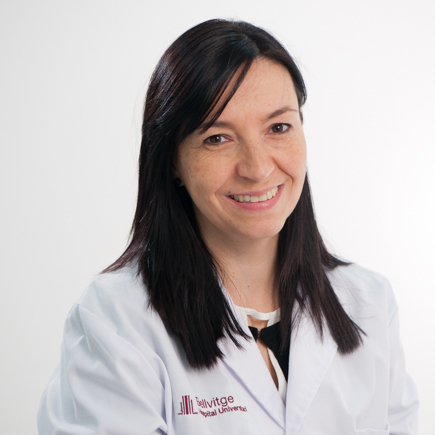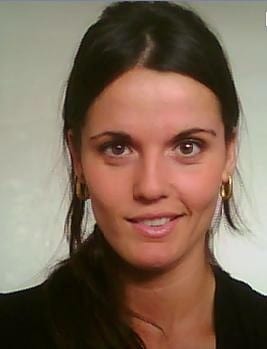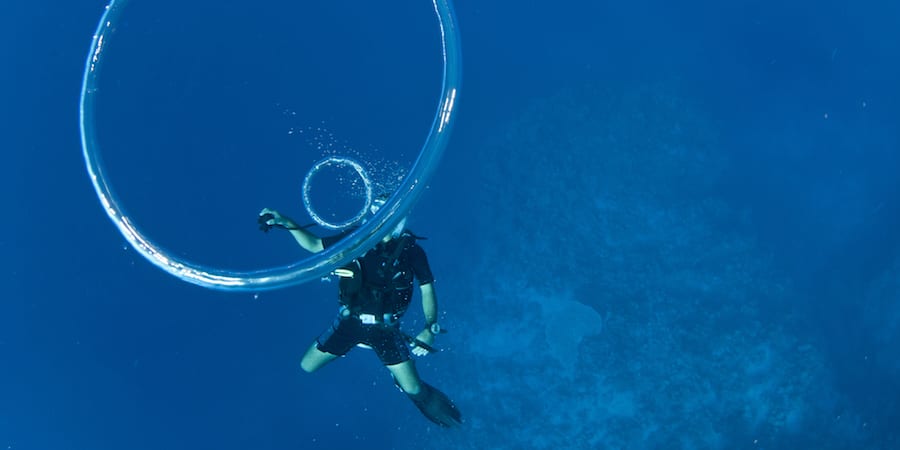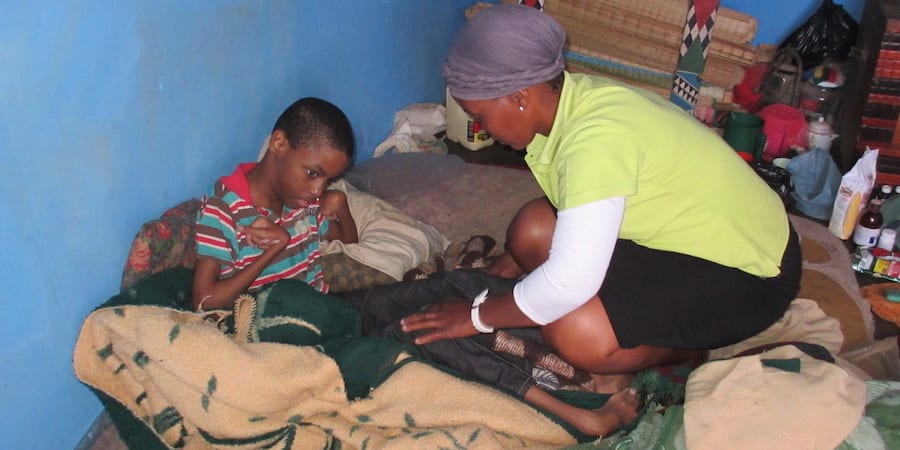
Lean healthcare practitioners on fighting Coronavirus
FEATURE – How did lean healthcare organizations respond to the most critical stage of the epidemic? We asked three hospitals in Catalonia and Toledo to share their experience.
Words: Oriol Cuatrecasas and Cristina Fontcuberta Adalid, Instituto Lean Management - Barcelona
Banner photo credit: Enrique Campo Bello / Shutterstock
When things in the operating room get difficult, Dr Llorenç Mateo from the Consorci Sanitari del Alt Penedès-Garraf usually repeats to his colleagues a mantra: “Stable environment.” In an emergency, it’s all too easy to give in to stress and do the first thing that comes to our minds; what we should do, instead, is take a breath and identify the cause of the bleeding.
The Covid-19 crisis is remarkably similar to this scenario. The first few days, when chaos dominated, at the Instituto Lean Management we fell into the same trap. “Perhaps this is not the time to think. It’s the time to run, to focus on the D in PDCA, maybe even to jump to solutions,” we thought. Yet, when we spoke to the lean hospitals in our network – many of which have been our partners-in-learning for many years – we heard a different story. For example, Vicenç Ibañez (one of the practitioners featured in this article) reminded us that “having to run doesn’t mean we should stop thinking”. After all this is a marathon, not a sprint, and making level-headed decisions is the only way to complete it. Stable environment, remember?
Indeed, as we read about the experience of the three hospitals below, the level-headedness in decision making and the ability to anticipate the next development in the crisis are clearly a common element. While healthcare organizations were struggling to stay afloat and sending distress signals left, right and center, hoping for someone to come and rescue them, a number of lean hospitals took matters in their own hands and tapped into their knowledge and experience (with lean as one of the legs) to find new and creative ways to stay ahead of the emergency. (Check what Rosa Simón has to say about the supply of PPE, for example.) They have not stopped reviewing their standards, developing their people or learning; in fact, they have done it more than before.
Within days these organizations were able to implement radical changes – in some cases, ones that had been discussed for months and months – and to introduce practices that before wouldn’t have even been considered. Many of these will end up staying (telehealth, for example, like Ana Alvarez says below), proving the extraordinary ability of problem solvers to generate out-of-the-box thinking and innovation – even in the most stressful and overwhelming of scenarios.
Indeed, within hours everything changed. The dedicated pathway for trauma patients in the ER of the Garraf hospital, for instance, was transformed into an extension of the ICU. Its creation had cost the team a lot of sweat and tears over many months. For the first few days of the emergency, we saw all the work they had done with us disappear and we began to wonder whether or not we had actually helped them over the years. But then we realized that perhaps the physical changes are not that important. What really matters is the way of thinking that allows an organization to swiftly adapt to changing circumstances, and there is no doubt that over the past few weeks these hospitals have proved to have interiorized it. As we slowly overcome the Covid-19 threat and slowly go back to “business as usual”, this mindset will be more important than ever: if there is one thing that never goes away, that’s problems (the first one being the backlog of work accumulated during the crisis).
It’s beautiful to see that the lean seeds we have planted together with them are growing. We have given these people the tools to learn how to learn and now it’s their turn to teach us what they have learned in this crisis.
Ana Álvarez Soto, Director of Processes, Hospital de Bellvitge – Barcelona

"PDCA and the idea of getting to the root cause of problems is something we healthcare professionals do on a daily basis, aware that “putting a patch” on problems never works (let alone in an ever-changing situation like the Covid-19 pandemic). During this crisis, it was evident that Lean Thinking is now in our DNA and that it always informs decision making all the way up to the management team.
One of the lean practices that helped the most was standardization: with Covid-19 patients at one point representing 90% of our workload, many of our professionals found themselves having to learn new procedures very quickly in order to confidently and properly care for people. From how to properly don PPE to how to deal with Covid-19 positive patients, we created standards as a way to transfer knowledge and expertise from those who knew more to those who knew less. We engaged in very rapid cycles of experimentation, trying a new standard one day and updating it the next to fix what didn’t work. We followed protocols and recommendations, of course, but – to try and save as many lives as we could – we didn’t shy away from finding our own solutions whenever necessary. Interestingly, changes we had struggled to implement for several months (for example, in our Emergency department) were made in just a couple of days when Covid-19 appeared.
Now that things are a bit calmer, we have started to gather our lessons learned and it’s clear that some of the changes will end up staying (we cannot expect to just go back to normal after this). For example, I suspect we will start using video conferencing tools more often than we did in the past, to communicate both with colleagues in other hospitals and with patients’ families. The relationship with patients and relatives has changed: Covid-19 has made us more empathic and more proactive in informing relatives of a patient’s condition, for instance. I also think that follow-up consultations will increasingly be done on the phone, whenever possible – now that we have been forced to do them in this way, we have started to see there is value in them. Finally, some of the elements of the new daily huddle we introduced in each area to discuss problems and the work for the day are likely here to stay.
As of April 6th, we are running the Fira Salut temporary hospital (there are 340 beds for now, with the potential of 1,000) and there too we are trying to apply lean. We are asking people working there to give us input on how the work should be organized and trying to be flexible with our resources. Rather than keeping them parked there (which is wasteful), we are studying different possible scenarios and readying ourselves to quickly increase their utilization in a matter of days, should the need arise."

Rosa Maria Simón, Director of Quality, Corsorci Sanitari Alt Penedès-Garraf

"We had all read the news about the town of Igualada, here in Catalonia, where in mid-February the hospital had become an epicenter of the outbreak of Covid-19. Considering our proximity to Igualada, we started working on containment plans in late February. Having learned from their experience, our main objective was to protect our patients and our staff. To do so, we organized our two hospitals to create in each of them two completely separated areas – one for Covid-19 patients and one for patients who are not infected.
CSAPG offers acute, general and geriatric care. In just three days, we were able to transform the whole hospital, using tape and visual management to segregate flows and keep Covid-19 patients isolated from the rest at all times. So, we isolated the nursing home, moved all non-Covid patients in good condition to a nearby hotel and used the space we saved for people in need of acute care (but not positive to Covid-19). The rest of the hospital was entirely dedicated to coronavirus patients. Part of our ER was turned into an extension of our ICU (we went from seven to twenty beds), while pediatric, trauma and surgery were moved to an outpatient area.
We relied extensively on the ILUO matrix to identify those professionals who had the capabilities to work in the ICU and emergency care, to ensure our most critical patients receive the best possible care.
The availability of Personal Protective Equipment (PPE) has been a huge problem in many countries and, unfortunately, we were no exception. We quickly realized our stock wasn’t going to be enough and, as soon as it became clear that we couldn’t rely on external suppliers, we had to get creative. Working with a network of volunteers, we sourced materials and set up a little textile factory to manufacture PPE ourselves. This helped us a lot in the most acute phase of the emergency. We also put a lot of emphasis on reminding our staff of the correct use of PPE in different scenarios (visiting a Covid-19 patients, intubating, and so on). We had to break their routine of doing things almost automatically and ensure they’d pay extra attention to each step. To achieve this, we found it very useful to observe professional shift by shift, ward by ward, as they donned PPE and correct them whenever we noticed something wrong. Finally, we carried out small kaizens to maximize the use of equipment: for example, we stopped entering a patient’s room just to take vital signs, taking the opportunity instead to complete other tasks too.
Lean gave us a lot of flexibility and there is no doubt we would have been much slower in our response without it. I was really impressed with the discipline of our people, for whom following standards and procedures (and passing them on to their colleagues) is clearly a natural thing to do after so many years on a lean journey."

Vicenç Martinez Ibañez, CEO, Hospital Nacional de Parapléjicos – Toledo

"Our hospital, which opened in 1974, is a renowned center for the care and rehabilitation of paraplegic and tetraplegic patients. The fact that the organization has little to no competition means that to introduce Lean Thinking here we can’t rely on the sense of urgency provided by a “burning platform”. But then Covid-19 arrived (just one month after I joined as CEO).
For the past few weeks, it has of course monopolized our attention. We have had seven cases internally, but we have also welcomed patients from other hospitals that were struggling with space. We currently have with us 90 cases of coronavirus from nearby Hospital General, here in Toledo – some of them in the ICU. We have assigned the older part of our building to them, entirely separating their flow from ours to minimize the risk of infection (both their professionals and ambulances have their own entrance).
Another measure we took early on was the suspension of all visits – some of our patients were actually infected by asymptomatic relatives who came to see them. Our physicians call family members, instead, always at the same time of the day (it’s easier to manage than waiting for people to call them).
Additionally, all those patients whose rehabilitation could be interrupted until the emergency is over were discharged, which meant we cut the number of occupied beds in half (out of a total of 200). We grouped the 100 patients remaining in the modern section of the hospital – so that the older one could be turned into a Covid-only area. Throughout the crisis, we have also been running a special meeting every day to assess the situation and better coordinate among ourselves.
Things are calmer now, but we still have an opportunity to leverage the focus on problem solving we are seeing during this crisis to start discussions about the future of our organization. It’s a great moment to get everyone together to talk about where we want to go as a hospital. The first problem we’ll be focusing on is the fact that all rehabilitation and physiotherapy activities take place in the morning, leaving the afternoons almost completely empty: there is a huge opportunity for a better distribution of the work. We also intend to introduce some Design Thinking in our improvement work, to make sure we are really taking patient feedback and needs into account as we redesign our processes.
In my experience, in healthcare organizations, the most powerful lever to achieve change is people’s passion for their work – in our hospital, there is plenty of it, as the great work everyone’s done has showed us over the past month."

THE AUTHORS


Read more


FEATURE – In lean, we talk about PDCA all the time… but do we actually practice it as we should? The authors discuss what makes for successful continuous improvement.


FEATURE – At Malamulele Onward in Johannesburg, a do-it-yourself lean transformation is increasing the impact the nonprofit organization is having on South African children living with cerebral palsy.


FEATURE – Using her distinctive narrative style, the author breaks down the A3 process to help you understand how it works and how you can tap into its potential.


FEATURE – This piece analyzes the different elements of scrum, an agile software development framework, as seen from the point of view of traditional lean thinking.

